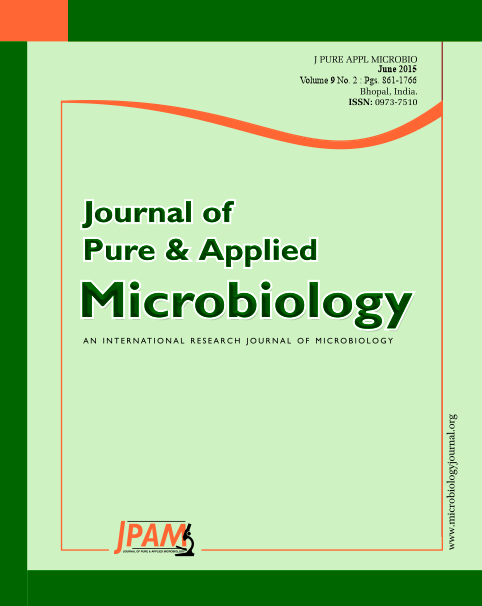The essence of practicing organic farming lies in the use of naturally available resources like organic wastes, in conjunction with natural processes like decomposition biological nitrogen fixation and resistance to achieve the needs of crop production. Applying organic manures for growth of the crop, which inturn improves the organic matter status of soil. Organic manures not only helps to supply the nutrients but also acts as a food for micro organisms and encourage the multiplication of their population, which inturn improves the mineralization of nutrients in soil and thus, fertility and productivity of the soil is improved for that we undertaken the investigate to know the effect of different organic manures on soil microbial activity and growth and yield of green gram (Vigna radiata L.) under green house condition conducted at Department of Agricultural Microbiology, UAS, GKVK, Bangalore. There were seven treatments and three replications in a CRD design. The abundance of different microorganisms such as Bacteria, Fungi, Actinomycetes, PO4-solubilizing microorganisms and Rhizobium were found to be significantly highest in the treatment having the FYM (25%) + Vermicompost (25%) + Glyrecidia (25%) + Pongamia (25%) and least was found to be in control. Plant parameters like plant height, number of branch per plant, number of leaves per plant, dry matter production and yield by the plant were studied and these were found to be significantly higher due to application RDF (100%) and least was found in the control.
Organic manures, Microorganisms, Vigna radiata, Rhizobium, Greengram
© The Author(s) 2015. Open Access. This article is distributed under the terms of the Creative Commons Attribution 4.0 International License which permits unrestricted use, sharing, distribution, and reproduction in any medium, provided you give appropriate credit to the original author(s) and the source, provide a link to the Creative Commons license, and indicate if changes were made.


